Nov 4, 2020
Through Modern Eyes
It has been a month since I excitedly told about Tsumago and Magome in my last narrative which I entitled Old Towns and Ninjas. Quite frankly, I still cannot get over it. Old towns, just like nature, are enthralling and will always be remembered.
I buried my face in my hands as I sat busily going through all the sheets of paper on my table and glancing at my calendar to check for deadlines and schedules. How I wished to be teleported somewhere for just a day or two; perhaps a little escape from the hassle and bustle of the city.
The next day was a holiday but initially felt like a 30-minute breaktime you take while working. Getting up early even on a holiday has become a habit, adults. I grabbed my camera and drove to the train station hoping to come up with something more amusing than paperwork. Then, I remembered the old town by the Kiso river which used to be part of the Nakasendō.
Well, I have not been to all the remaining post stations around Gifu; but I assume that a lot more people are most likely familiar with Magome-juku and Tsumago-juku but have hardly heard of or seen Ota-juku. Located in Minokamo-shi, Gifu, it was the 51st station of the Nakasendō during the Edo period. So, how does it look like?
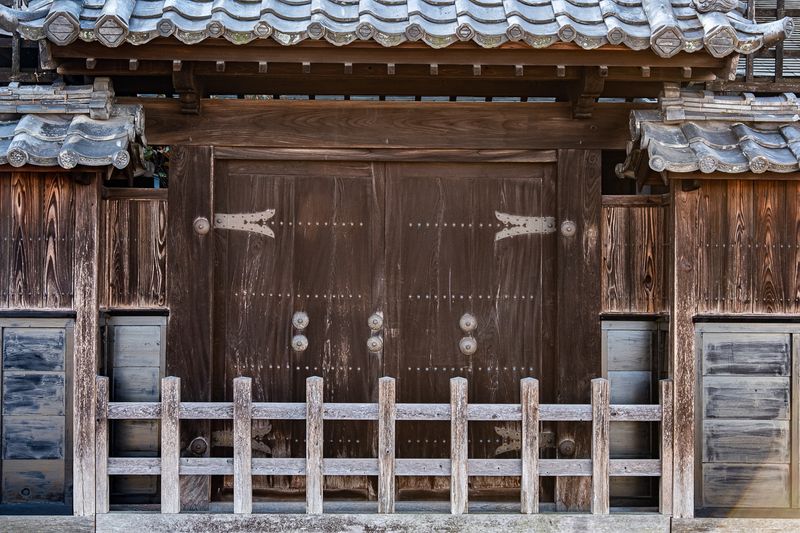

When you live nearby and pass by it every day, you tend to ignore it as it becomes a mere part of your daily route. However, appreciation comes when one takes time to walk through its roads. Most of its relics that remain to this day include the inn and the Hayashi residence. This makes sense as Ota-juku used to be a place where the Lords together with their samurais and servants (or just mere travelers, in fact) stopped to take a breather and rest before they continue with their long journey to Kyoto (assuming they are headed there) the next day.
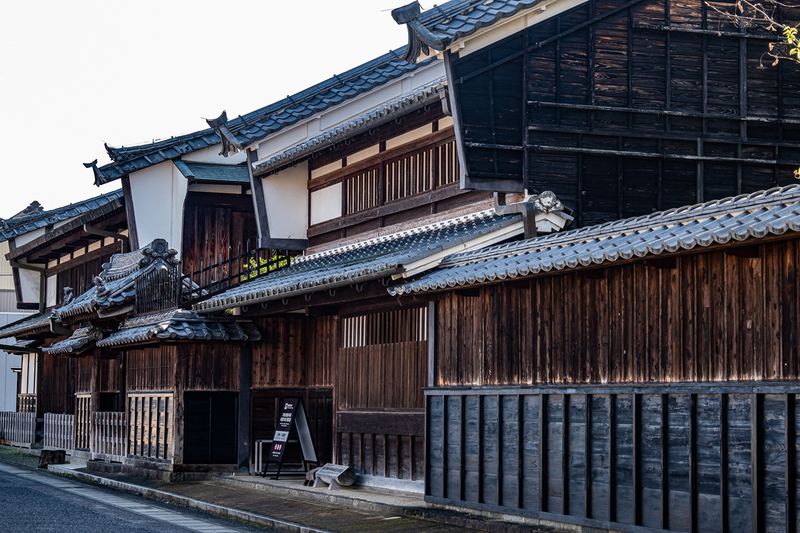
The Hayashi Residence
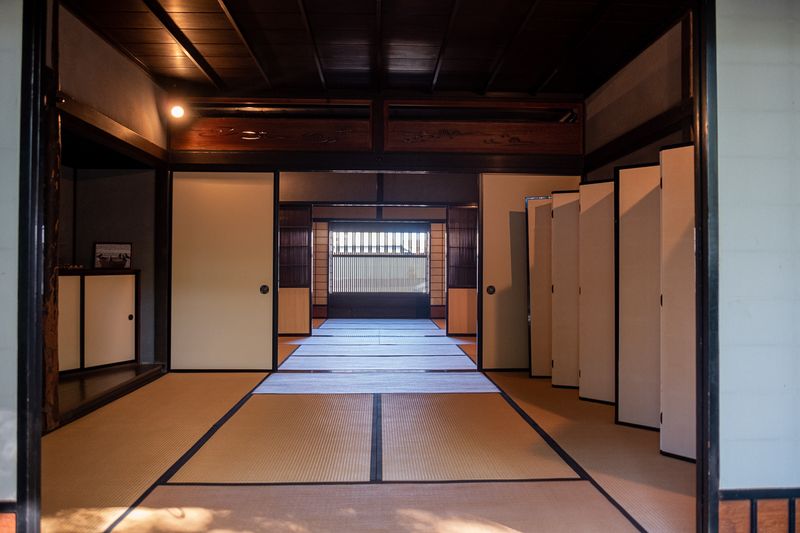
Inside the inn.
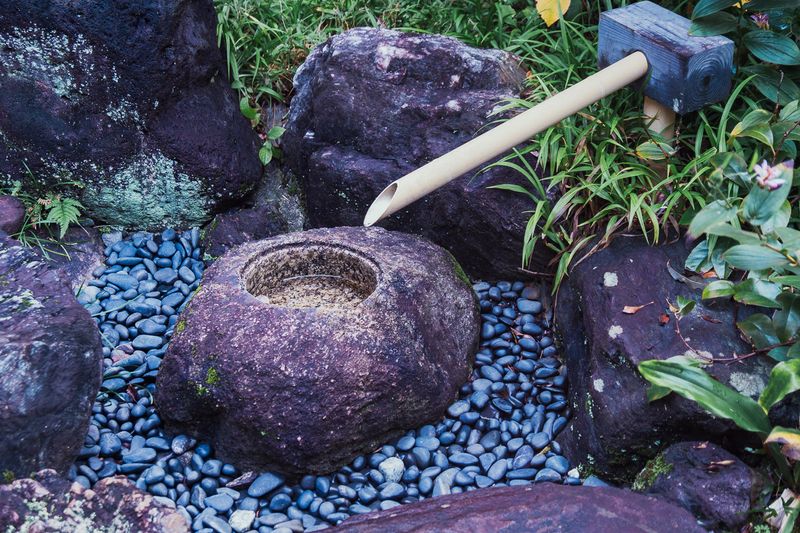
This was at the center of the garden belonging to the Hayashi residence.
Though, seemingly, not as glorious and dramatic as Tsumago-juku and Magome-juku, this old post town still gives off that mysterious and captivating vibe. Many parts of the old town have been modernized, but the most important features are well preserved. During my visit, it looked deserted and the only soul I met was an old woman who was probably a gate keeper.
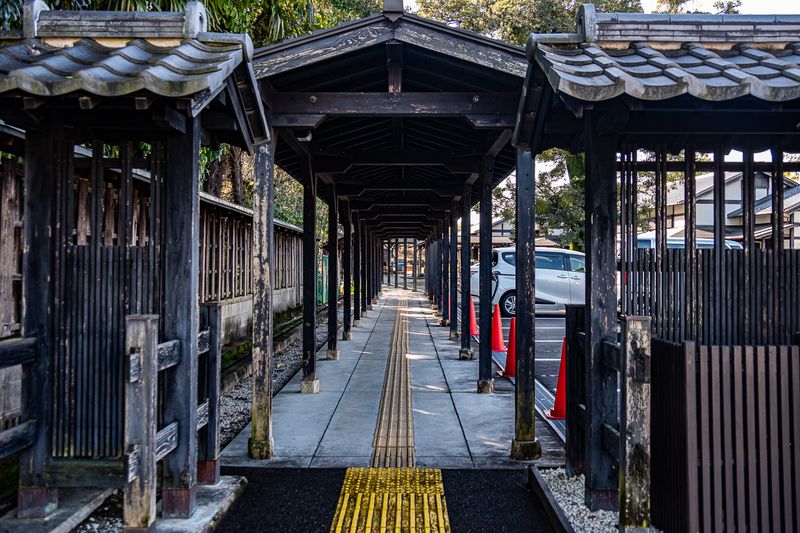
A walkway entrance to the event square and Nakasendo Hall where the museum, restaurants, and other facilities are.

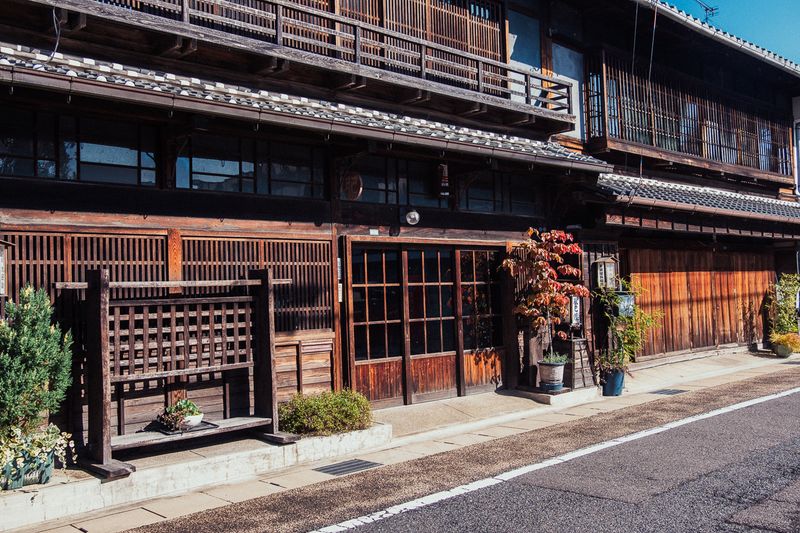

It's a shame that I haven't done a more in depth reading and as a result cannot name all the photos above. These were some of the infrastructure which remained old and surely look like they have aged beautifully.
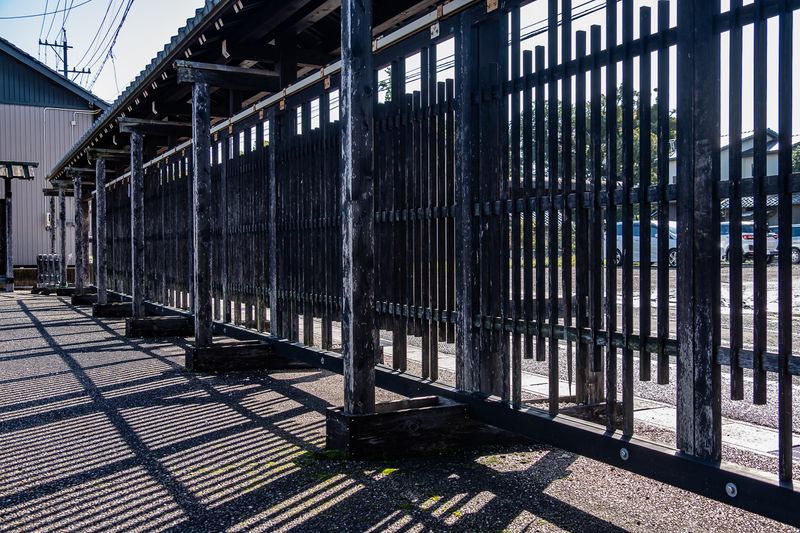
From the looks of it, I reckon this could be where travelers tied their horses.

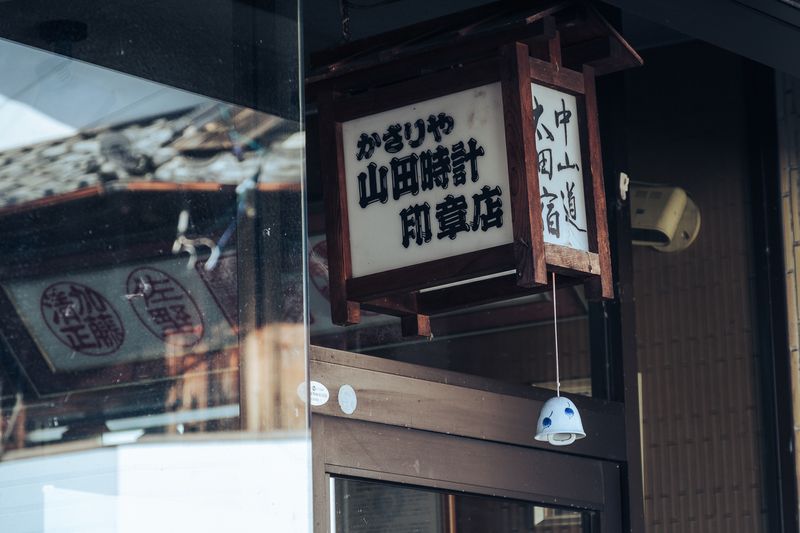
Some of the buildings are residential houses and some were turned into shops.
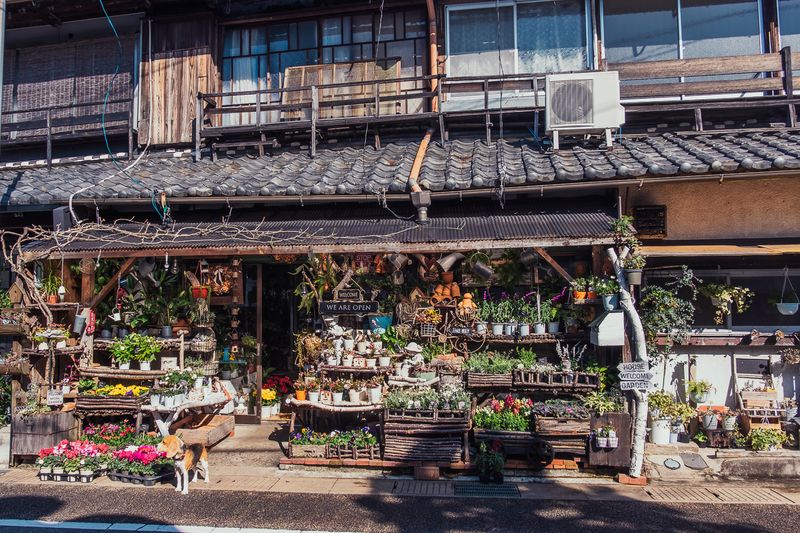
I left feeling a little disappointed that I didn’t see much of what I pictured in mind. I wondered how it would have looked like if everything was left the way they were. Nevertheless, my heart was full. Ota-juku is like an epitome of progress without destruction.



0 Comments